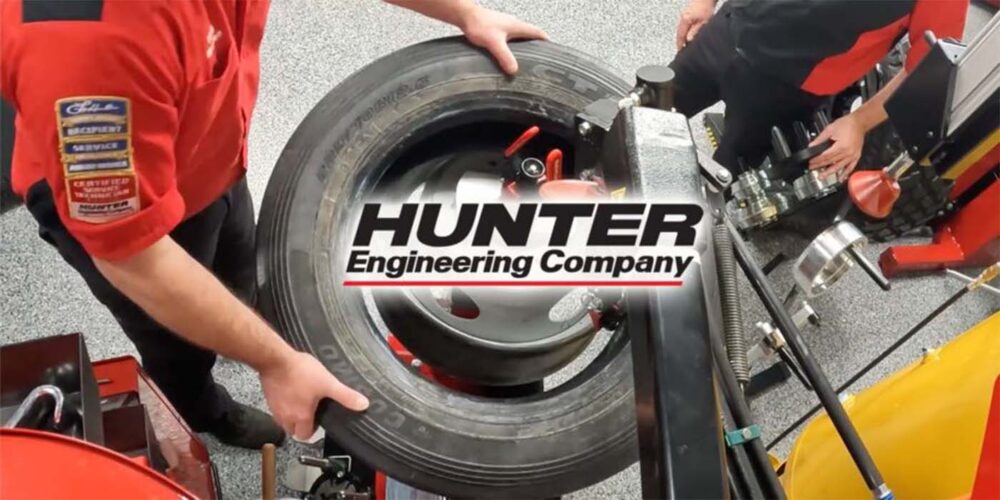When wheel speed sensors go bad, it’s a real nuisance for drivers, especially nowadays. What was once just an anti-lock brake disabler can now knock out stability control, ADAS and cruise control.
A wheel speed sensor is a sender device used for reading the speed of a vehicle’s wheel rotation. For techs, these high-resolution sensors don’t just read wheel speed – they detect subtle movements to enable all sorts of convenience and safety features. When one stops working, the next step is diagnosis. Let’s dig into an effective strategy for diagnosing wheel speed sensors.
Wheel speed codes broadly fall into two categories: “electrical circuit” issues like opens or shorts, or “erratic” codes when the ABS module can’t rationalize the outputs of a given wheel speed sensor. Don’t just blindly replace parts, though – all codes warrant further investigation first.
For electrical circuit codes, verify the sensor’s resistive value is in the 1,000-2,500 ohm range, ohm is a unit of electrical resistance. Inspect the wiring too and measure the output of the voltage or the presence of a bias voltage to confirm the operation of the module.
As for erratic wheel speed sensor codes, they are set because the module can’t rationalize the output of a sensor. For example, if the module sees a dropout of the signal from the sensor, it thinks the vehicle is stopping in inches and then accelerating back to that speed in a few inches. That’s impossible, and the software controlling the ABS knows that, so it sets a code.
How do these sensors even work? Older passive sensors used a spinning magnet to generate an alternating magnetic field read by wire coils as changing frequencies corresponding to wheel speed. However, active sensors are more common now. This sensor only contains two wires, one to provide the DC voltage from the controller, the other is the return – allowing them to detect both speed and direction, even at low speeds where passives struggle.
Scopes can be invaluable for assessing the complete wheel speed sensor circuit health, not just reading the output signal itself. However, before connecting a scope, it’s essential to understand circuit and bias voltage.
The ABS module administers voltage to the wheel speed sensor, with the circuit operating at low overall current levels. However, if the circuit experiences a shortage of power or ground, it poses a risk of damaging the module. Unlike other circuits, the wheel speed sensor circuit lacks fuses for module protection. Instead, the module safeguards itself by emitting a low-voltage signal momentarily during startup to conduct a self-check.
Compromises in the circuit, such as opens or shorts, can disrupt voltage levels, leading to deviations from specified ranges. If bias voltage test results align with expectations, the module delivers power to the circuit for functionality. However, if readings deviate, the module withholds power, triggers a code and deactivates ABS and stability control systems.
Bias voltage tests are also great at detecting circuit opens, prompting power cutoff and code activation when a wheel speed sensor is disconnected. Consequently, inexperienced technicians may misinterpret the lack of power at the sensor as a defective module, potentially leading to unnecessary module replacements.
Don’t forget to follow us on Instagram and Facebook and subscribe to our YouTube channel for more tire, service and shop operations videos.













